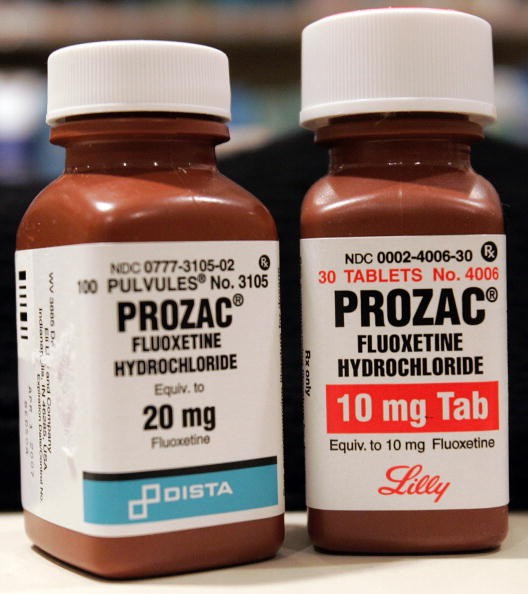
(Photo : Stephen Chernin | Getty Images News)
The understanding of Obsessive-Compulsive Disorder (OCD) has come a long way. Thanks to advances in science and research, clinicians, medical workers, and persons dealing with OCD are more and more being enlightened about the disorder.
Here are some facts about how OCD was regarded in the past, present, and in the near future, according to the National Institutes of Health (NIH).
YESTERDAY
Advertisement
- The standard treatment for OCD was a type of long-term psychotherapy aimed at overcoming psychological defenses. There was no evidence that this treatment was effective.
- Clinicians lacked objective measurements that could help them accurately diagnose OCD - a crucial prerequisite for appropriate treatment.
- There were no proven medications for OCD.
- OCD was thought of primarily as a psychoanalytic issue, not a brain disorder.
TODAY
- Effective treatments are now available. Among them are antidepressant medications that act on serotonin, one of several neurotransmitters (brain chemicals) through which brain cells communicate with each other. These medications also act on brain systems and circuits involved in OCD. Recently developed antipsychotic medications may become another option when prescribed alongside standard medications for hard-to-treat patients with OCD.
- A type of psychotherapy called "exposure and response prevention," which breaks the cycle of repetitive behavior, is an effective treatment for many patients.
- Clinicians now have objective tools for identifying OCD subtypes and measuring their severity, allowing treatment to be personalized.
- Imaging studies show that people with OCD have differences in specific brain areas, compared with other people. Successfully treated patients have brain-activity patterns like those of healthy people.
- Traditionally, OCD was thought to "run in families." Genetic studies now suggest that variations in certain genes are involved and that risk is higher when certain variations occur together.
- Researchers are following up on early evidence that infection from the Streptococcus bacterium might lead to some cases of OCD.
- Using genetic engineering, NIH-funded researchers created an OCD-like set of behaviors in mice. They then reversed these behaviors with antidepressants and genetic targeting of a key brain circuit. The study suggests new strategies for treating the disorder.
TOMORROW
- Researchers are studying the potential of deep-brain stimulation, a surgical technique that stimulates cells in specific brain areas, for patients who don't respond to other treatments.
- Genetics research may help clinicians decide what treatments are likely to work for each patient. Whether a treatment works may be partly due to variations in certain genes.
- Imaging, molecular biology, and genetics research are pointing the way to brain mechanisms involved in OCD. Features of these mechanisms are potential biomarkers that could identify people at risk - a key to early intervention.
- Research to identify brain mechanisms involved in OCD also holds the potential to reveal targets for better medications with fewer side effects.
NIH.gov



